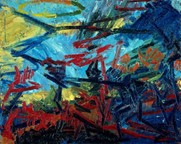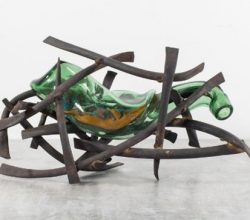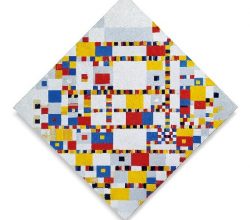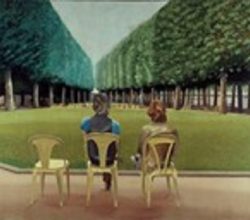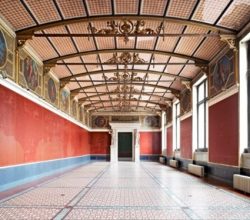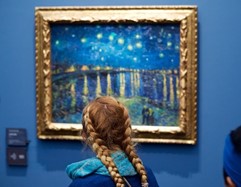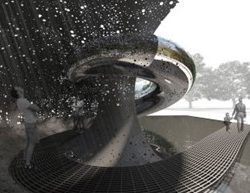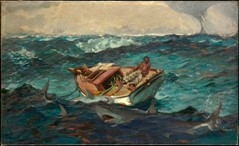
The Melville of American Painting
Susan Tallman | The Atlantic | 6th April 2022
People have long puzzled how to read Homer, the “chronicler of 19th-century America”. His contemporaries wondered why he painted foot soldiers rather than generals and called him the “obtuse bard”. For a time, he was seen as having “a kind of wholesome stupidity”. Rather than stupidity, modern eyes see complexity – “what is happening but not what will happen. He is the master of the ambiguous outcome, which also makes him the master of the unclear moral.”

